
Infrastructure and Operations (I&O) leaders must start prepping for the emergence of new technological trends in 2019, Gartner insists. The research firm has outlined 10 key trends that will impact digital infrastructure over the coming year.
Speaking at the Gartner IT Infrastructure, Operations and Cloud Strategies Conference, senior director and analyst Ross Winser offered his insights. "The focus of I&O leaders is no longer to solely deliver engineering and operations, but instead deliver products and services that support and enable an organisation's business strategy," he added in a press release.
He emphasised that "the question is already becoming 'How can we use capabilities like artificial intelligence (AI), network automation or edge computing to support rapidly growing infrastructures and accomplish business needs?'" In his presentation, Winser urged I&O leaders to begin preparing for this digital shift.
Serverless Computing
First and foremost, Gartner identified serverless computing as a key emerging software architecture pattern. As a result, I&O leaders must "adopt an application-centric approach to serverless computing, managing APIs and SLAs, rather than physical infrastructures."
“The phrase ‘serverless' is somewhat of a misnomer,” Winser noted. “The truth is that servers still exist, but the service provider is responsible for all the underlying resources involved in provisioning and scaling a runtime environment, resulting in appealing agility.”
As serverless does not replace containers or virtual machines, it is integral that companies learn how to best use the technology. “Developing support and management capabilities within I&O teams must be a focus as more than 20 percent of global enterprises will have deployed serverless computing technologies by 2020, which is an increase from less than 5 percent today,” Winser added.
Artificial Intelligence
Garnter also cited artificial intelligence (AI) as a valuable asset in 2019 for I&O leaders. This is because the technology allows leaders to manage growing infrastructures without having the ability to increase their staff.
In addition, AI has the potential to transform the "core of digital business" due to its "transformational" nature. According to Gartner, global AI-derived business value will amount to almost $3.9 trillion by 2022.
Network Agility
The network powers all IT capabilities, from cloud services to IoT and edge computing. In 2019, Gartner recommends that the focus for I&O should be on how to help teams increase the pace of network operations to meet increasing demand.
“Teams have been under pressure to ensure network availability is high and as such the team culture is often to limit change, yet all around the network team the demands for agility have increased,” Winser commented. “Part of the answer is building network agility that relies on automation and analytics, and addressing the real skills shift needed to succeed,” he insisted.
Decline of the Data Centre
By 2025, Gartner predicts that 80% of enterprises will migrate entirely away from on-premises data centres. Instead, companies will move workloads to colocation, hosting and the cloud.
“I&O leaders must prepare to place workloads based on business needs, not constrained by physical location. From colocation through to public cloud — plenty of alternatives to on-premises data centres exist," Winser said. "Leaders must identify whether there are truly strategic reasons to persist with on-premises needs,” he recommended.
The rise of Edge Computing
IoT will drive more information processing to the edge, but the critical timeframe for adoption is between 2020 and 2023. As a result, this will redefine and reshape what I&O leaders will have to deploy and manage.
Infrastructure will increasingly "reach out to the edge" to allow things and people to connect with the networked digital world. Winser insisted that this trend will not "replace the cloud, but augment it."
Digital Diversity Management
“There has been huge growth in the range and quantity of “things” that I&O is expected to know about, be supporting and be managing,” Winser stated. Digital diversity management is about the discovery and maintenance of these assets.
These new assets may have direct effects on the finances, health and welfare of the organisation's customers. Despite this shift, Winser did say that “traditional asset management is still important. "
New roles within I&O
According to Gartner, staffing justifications entails resolving complicated relationships between costs, activities and customer quality expectations. Justifying these staffing requirements in relation to business performance is "a must" in 2019.
“For instance, IT is increasingly taking on the role of supporting cloud services in terms of aggregation, customisation, integration and governance," Winser said. The critical timeframe for this trend will start immediately in 2019.
SaaS Denial
Software as a Service (SaaS) will have an increasingly greater impact on the way in which companies strategise infrastructure delivery. Despite this, most I&O leaders are still focusing on Infrastructure as a Service (IaaS) and Platform as a Service (PaaS).
“SaaS itself is becoming a level of complexity that IT shops aren't yet coping with as they should," Winser highlighted. "The shift to SaaS must be accompanied with I&O support, all the way from ensuring visibility is maintained of what is in use, through to supporting compliance requirements and enterprise integration needs,” he stated.
Talent Management is crucial
In 2019, expanding I&O skill sets, practices and procedures is crucial. In turn, this will effectively "accommodate hybrid operations," which Gartner deems to be of the upmost importance.
“Talent is the critical ingredient for a modern, high-performing technology organisation, and great talent is in high demand. People that show versatility and adaptability are quickly becoming must-haves, particularly in hybrid environments,” Winser noted.
Enabling Global Infrastructure
Finally, Gartner said that I&O leaders must choose a network of partners required for global success. Although few infrastructures are purely global, organisations "must still prepare for the notion of infrastructure everywhere."
“I&O leaders must look hard at their existing partners and raise the bar of expectation," Winser said. “There will be no time for ‘B-team' partners in 2019 and beyond — I&O leaders must be on top of this trend between 2020 and 2023,” he concluded.




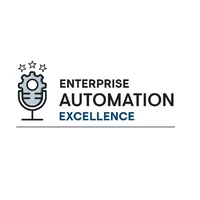

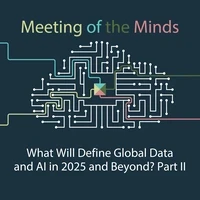

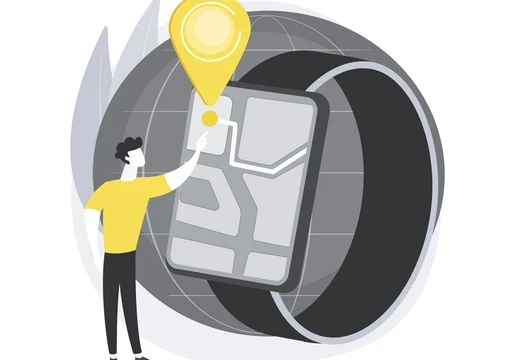

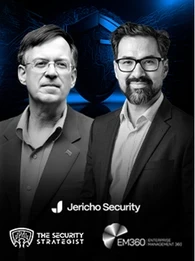
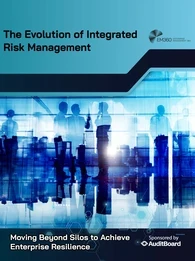
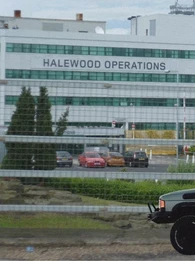
Comments ( 0 )